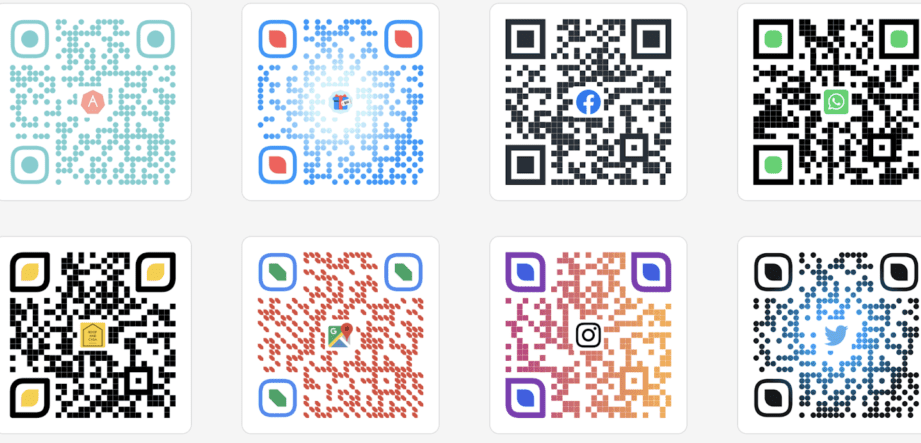Are you sure that every QR code is the same? No, they’re not! Actually, QR codes can have different patterns even if they contain the same data. Let’s dive deeper into the internal code of QR codes using these bullet points:
In summary, it’s crucial to remember that not all QR codes are created equal—their patterns depend on the internal code and the algorithm used to create them. So before scanning, always double-check if the QR code contains the intended data.
Are all QR codes the same?
QR Code Patterns Can Vary
QR codes have been around for quite some time now, but only a few people know that not all QR codes are the same. Although two QR codes may contain the same data, the patterns could be different based on the QR code generator used. A QR code generator is a tool that produces QR codes with specific patterns of dots and dashes used to encode messages, URLs, or any other information.
Factors That Affect QR Code Patterns
Several factors influence the pattern of a QR code. The error correction level, the size, and the content of the code are some of the critical elements that affect the pattern. The error correction level determines the level of damage the code can sustain but still be decoded. The size of the code determines the amount of information it can convey. Bigger codes can hold more information than smaller codes. The content of the code determines the pattern used in encoding the message. The pattern is informed by the internal code contained in the QR code.
Understanding QR Code Generators
QR code generators come in different forms, including mobile apps and web-based applications. A QR code generator takes the input provided by the user, such as a URL, a message, or an image, and converts it into a QR code with the pattern specific to that input. While some generators may produce QR codes with more complex patterns, others may produce simpler patterns. Therefore, not all QR codes are the same.
How QR Code Content Determines Its Pattern
The content of the QR code determines the pattern used in encoding it. The pattern is informed by the type of internal code used in the QR code. The internal code could be numeric, alphanumeric, or a combination of both. Numeric codes consist of numbers only, while alphanumeric codes consist of numbers and letters. The more complex the internal code, the more intricate the QR pattern used in encoding it.
The Role of QR Code Internal Code
The internal code in a QR code is essential in determining the pattern used in encoding the message. It determines the number of bits used in encoding each character, which in turn influences the pattern of dots and dashes. For example, a QR code with an alphanumeric internal code will have a more intricate pattern than a QR code with a numeric internal code.
Why QR Code Pattern Matters
The pattern of a QR code matters since it determines the speed and ease of decoding it. Some patterns may be difficult to scan or decode and may lead to errors when reading the code. Therefore, it is essential to ensure that your QR codes have a simple and easy-to-scan pattern to improve their functionality and user experience.
QR Code Pattern Variations and Scanning Limitations
QR code pattern variations may complicate the scanning process, leading to difficulties in decoding the codes. Scanning limitations may also play a vital role in determining whether the user can scan the code or not. For instance, the distance between the scan and the code, the type of scanner used, and the quality of the code may affect the scanning process. Therefore, it is vital to consider these factors when creating QR codes, especially when the codes will be used in different settings.
Best Practices for Using QR Codes with Different Patterns
Here are some best practices to follow when using QR codes with varying patterns:
> Provide clear instructions: Ensure that you provide clear instructions on how to scan the codes to minimize scanning errors.
> Test the code: Test the QR code to ensure that it can be scanned correctly in different lighting conditions, distances, and surfaces.
> Use high-quality codes: Ensure that your QR codes are of high quality and print them in a size that can be easily scanned.
> Choose the right type of code: Choose the right QR code depending on your data type to ensure that you use a pattern that is compatible with it.
In conclusion, not all QR codes are the same. QR code generators produce codes with different patterns based on the input, the content, and the error correction level. To ensure that your QR codes are functional and easy to scan, follow best practices such as providing clear instructions, testing the code, and using high-quality codes.





